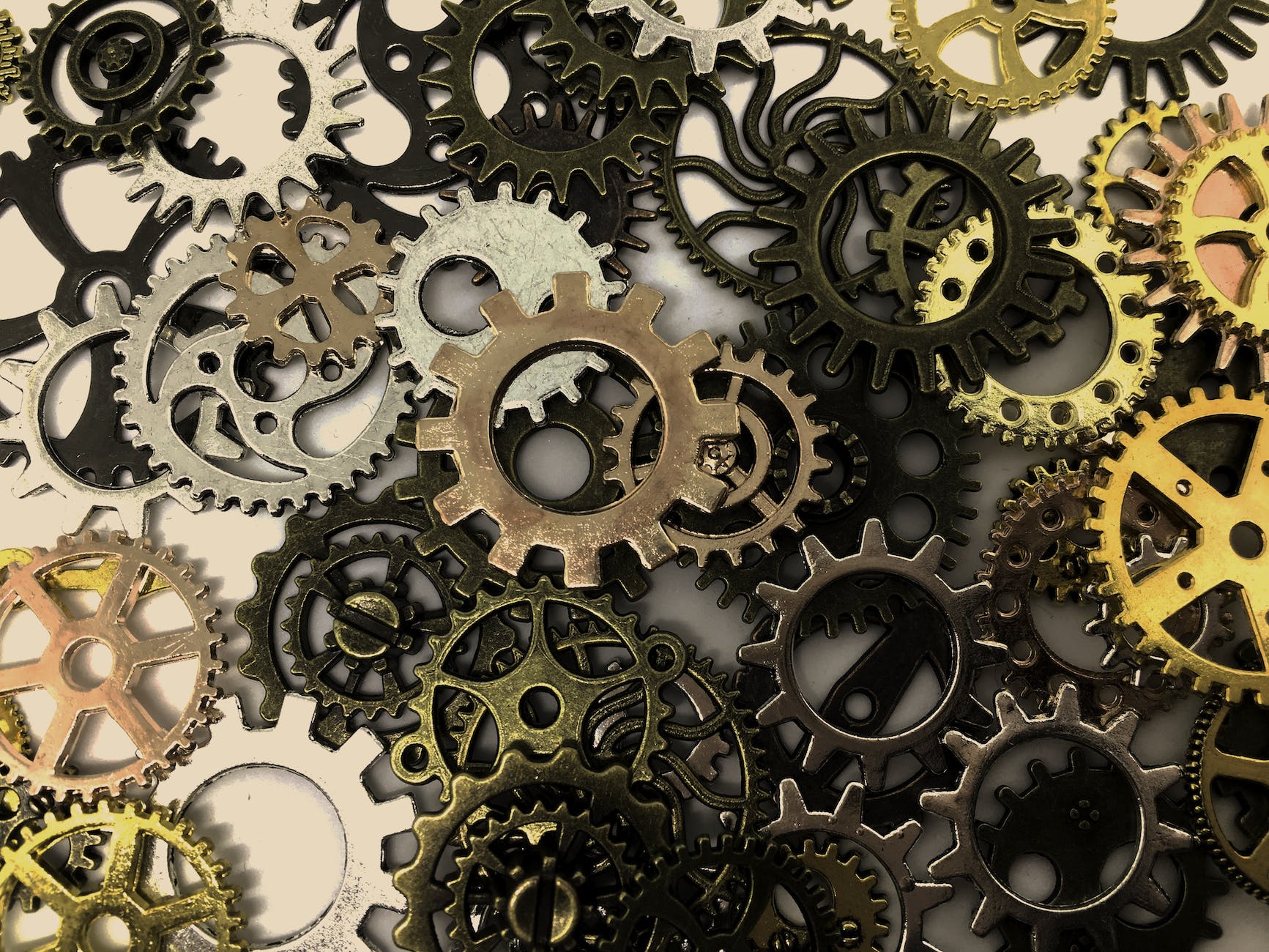Isn’t it common?
Have you ever noticed how many engineers are taking up Tango? How many of them become actually really good at it and how many get passionate evolving to DJing, organizing, and maybe teaching Tango? I don’t have accurate statistics but I am sure I know a lot with an engineering background dancing the Tango. I even had a discussion some time ago with a friend about it and now I think I can provide a potential explanation.
The common denominator
Some time ago, I was reading a text explaining how the close embrace in tango is nothing more than a solution to a problem. The problem is to dance comfortably with another person in a very crowded place. It is structured in a way that allows freedom of movement on your legs but also maximum contact for increased communication with your partner. If you think about dance, in general, is also a problem-solving exercise itself. You need to listen to the song, understand it, and express it with your body. All this in a tiny space between many other couples trying to do the same. Moreover, the steps in Tango themselves, have a lot to do with geometry and problem-solving. You need to know where and when to step for a good sacada, how to place your body to successfully counter your partner’s weight for a volcada, etc. So, all in all, Tango is full of problems that a dancer needs to solve given a very specific limited number of tools (eg. the embrace, basic vocabulary, musicality knowledge, etc.) and a lot of improvisation.
This is what engineers do for a living. Find and apply solutions to problems using their tools and a lot of improvisation that comes from experience, deep thinking, or even instinct. Sometimes it works… sometimes not… but then you adjust, refine and retry until you make it. If you give the same problem to a number of engineers it is possible to get different solutions, each carrying something from the personality and the background of each person. Of course, there are specific patterns to be followed but again, there is plenty of room for improvisation. So, maybe that’s why engineers love Tango. Because it’s just another opportunity to use their skills but for a much more pleasurable outcome.
Introspection
I can see that in my approach to dancing and learning new things. I rely much on the previous basic tools I have and try to connect and apply whatever is new on top of them. In addition, I am often intrigued by watching people do things differently from my own patterns. If for example after an Ocho Cortrado, a leader leads a step I don’t usually do… I want to see what happens. I want to try that too… and maybe put it in my toolbox and then try to see how else could I use it. I would ask myself, is there maybe a similar situation in which I could use the same kind of step from another pattern that I often use? This creative problem-solving part is one of the elements that made me love Tango. Who knows… it might be because I am used to (actually love) solving problems.
If this post resonates with you…
Subscribe here!
I’ll send you the next one straight to your inbox.
Tonight’s Goodnight Tango
Haven’t you guessed already what song did I pick for tonight’s Goodnight Tango? What else except the “El Ingeniero” of DiSarli.


Leave a Reply